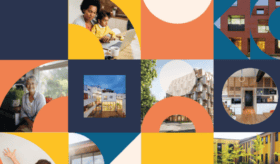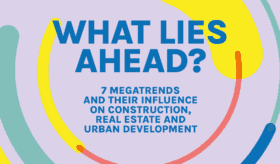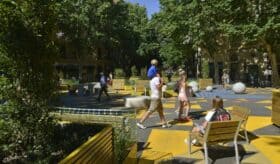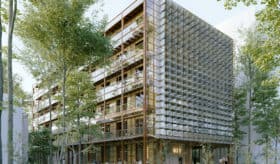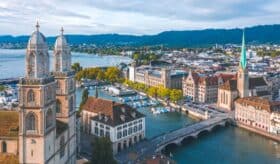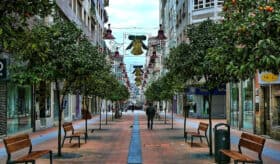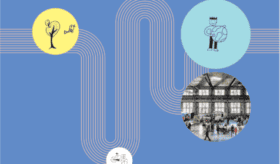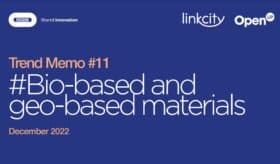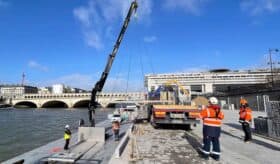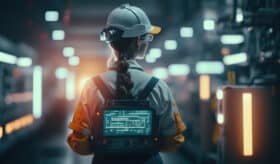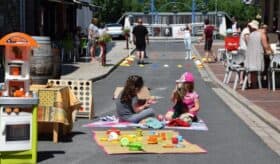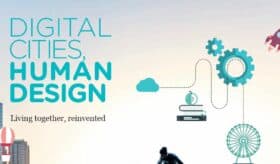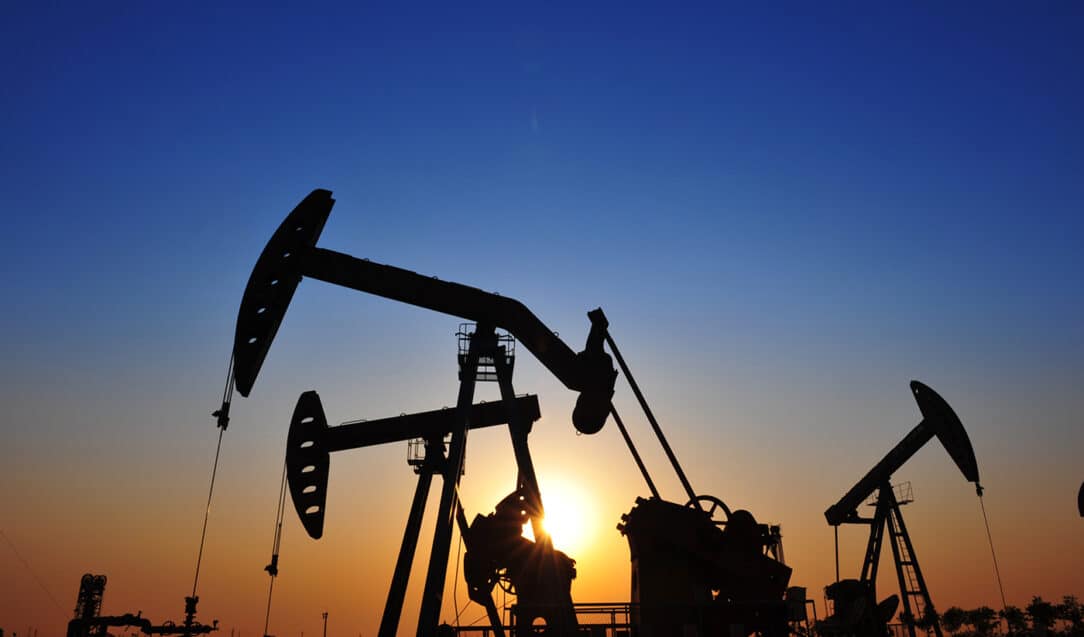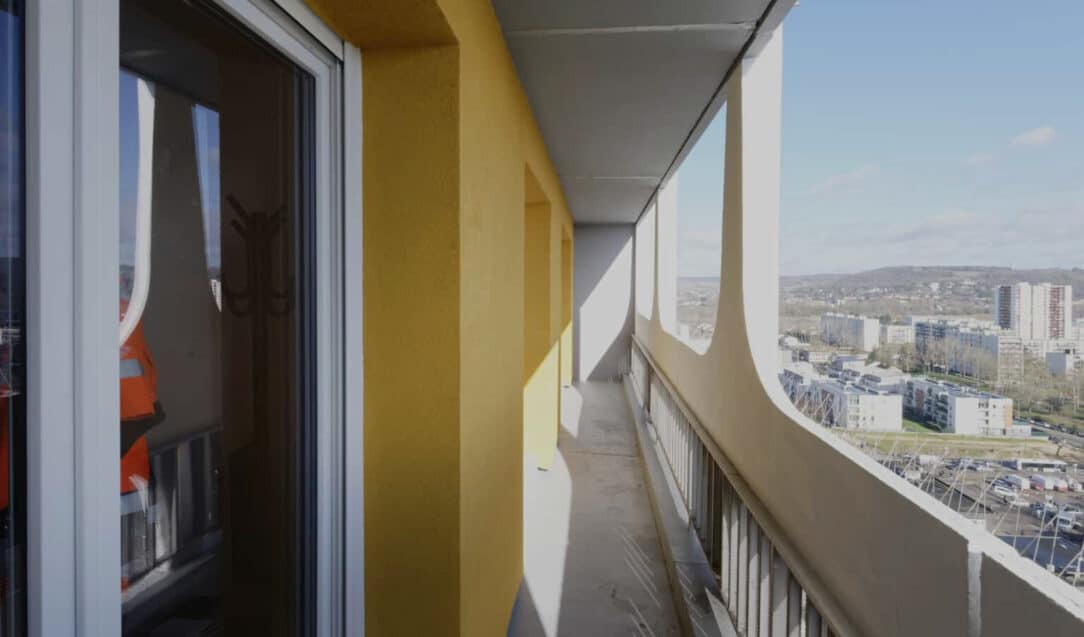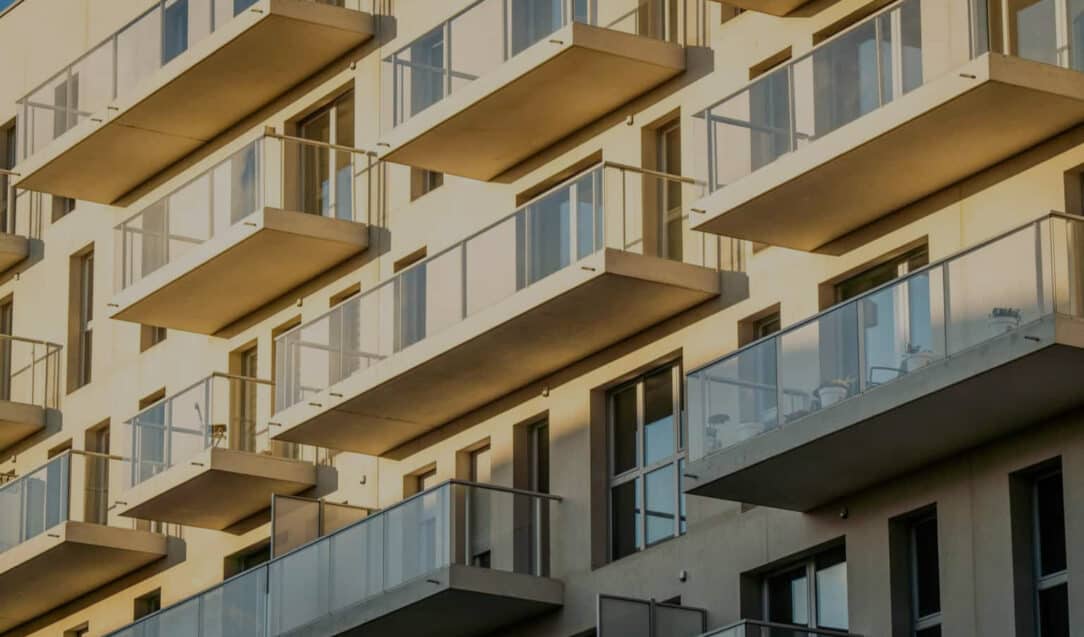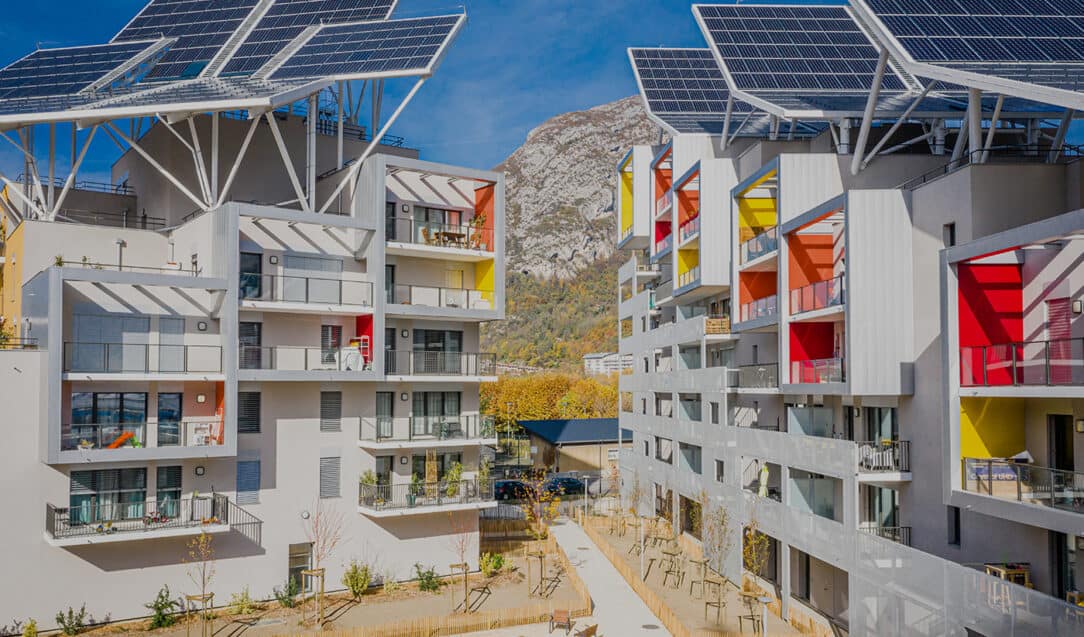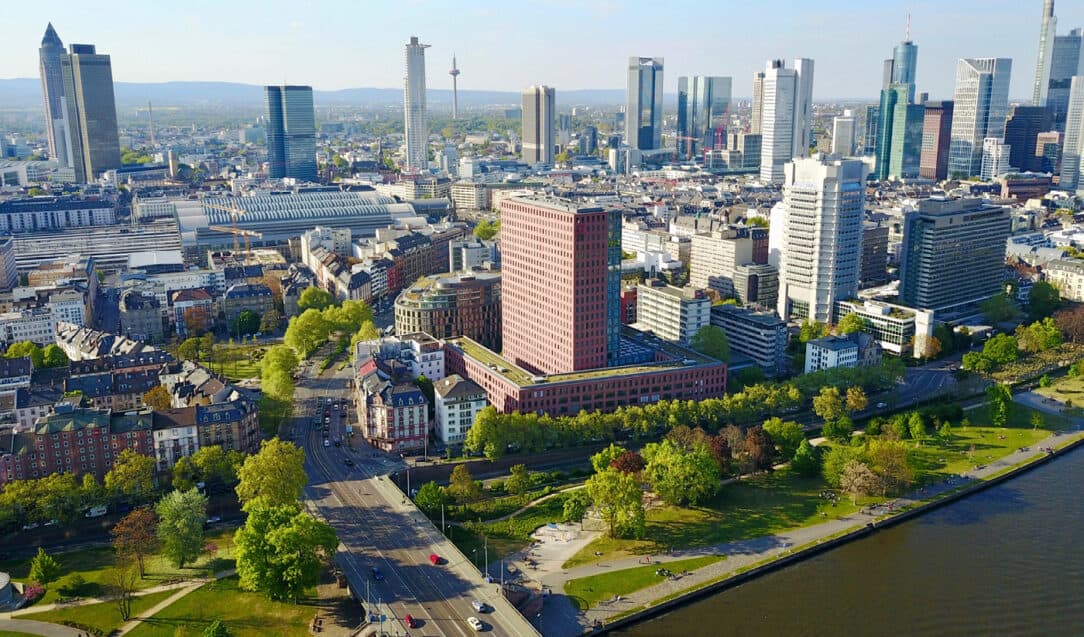Trends note: Living long, living well
By 2050, the global population of people over 60 will DOUBLE to reach 2.1 billion. In France, 25% of the population is already over 60, and starting in 2030, Boomers will massively reach the age of 85. This means more challenges related to loss of autonomy ahead. Faced with this demographic shift, we need to rethink our social and economic model, but also our housing, mobility, work, health, and social connections. How can we adapt our infrastructure and living spaces to be inclusive and suitable for all generations?
Trends book: The living and regenerative city
Perhaps it’s time for a radical rethink of our relationship to the city and to the living world with it!
Trends note : Forging links, for convivial, supportive and inclusive communities
In an increasingly fragmented society under strain, how can we encourage social interaction? What makes it possible to live together, to form a society? From the point of view of the urban fabric, what levers can be activated? How can real estate and urban development projects help to forge links? What planning strategies can be used to encourage citizen participation and enhance inclusiveness and conviviality to create welcoming towns and cities?
Trends note – Living tomorrow
With a host of uncertainties ahead – climate change, global pandemic, societal fragmentation, widespread inflation, geopolitical tensions, and the resurgence of war in Europe – housing is, more than ever, at the forefront of people's concerns. Housing must face a variety of challenges on all fronts: economic, environmental, and societal.
What lies ahead? 7 megatrends and their influence on construction, real estate and urban development
We live in an uncertain world, beset by a global pandemic, a growing number of natural disasters, widespread inflation, the return of war to Europe, geopolitical tensions and more all posing their own challenges. How can we anticipate and adapt quickly to changes in the world and in society? How can we better prepare for future crises?
[Panorama Sustainable Cities] #6 Barcelona is being transformed thanks to superblocks
Certain neighbourhoods and streets are gradually being returned to residents in Barcelona thanks to the superblock model, resulting in a clear decrease in pollution levels, an increase in the number of green spaces and a renewed sense of well-being in the heart of the bustling Catalan metropolis.
Alternative solutions to resource scarcity: what are the options?
The energy transition to achieve carbon neutrality by 2050 is underway, with its panoply of tools: batteries for electric vehicles, nuclear energy, LED lighting, wind turbines, solar panels, to list but a few. But there's a catch. Since these green technologies and energies require many minerals, they deplete global resources and pollute the environment.
[Panorama Sustainable Cities] #5 How Zurich has become a benchmark in the field of sustainable mobility
Switzerland is often praised for its quality of life. There are various economic and financial reasons behind this proclaimed well-being. But how does it manifest itself in everyday life? We're going to take a closer look at a crucial factor in determining whether a city "lives" well: mobility. Encompassing a plethora of issues, mobilities present a major area of concern for the well-being of residents, particularly in urban areas. Whether in organising the flow of people, reducing air pollution and noise pollution, developing soft mobility, or finding substitutes for private vehicles, mobility is a key aspect of the ecological transition and is essential to the comfort of users. The city of Zurich understood this a long time ago and made it a priority. As a matter of fact, it often ranks among the top cities in European or global in this area.
[Panorama Sustainable Cities] #5 Pontevedra, the car-free city
The city of Pontevedra has adopted a mobility strategy that has brought the use of cars down to the bare minimum. As a result, traffic and pollution levels have dropped dramatically, inhabitants enjoy a new sense of well-being, and the city centre has been given an economic boost.
Trends note – Low-tech, Just-tech, Right-tech: new approaches for cities and regions
In response to the current unsustainability of our economic and industrial models, concepts such as low-tech, right-tech and just-tech have been gaining ground over the last ten years.
[Panorama of Sustainable Cities] #3 Waste management, the keys to Ljubljana’s success
Slovenia’s capital is at the forefront in several areas connected with the environment. In particular, it is recognised for having succeeded where many large cities are struggling: in waste management. We look back at 20 years of good decisions, and a combination of political will and local support.
[Panorama Sustainable Cities] #2 The Concept of “Sponge Cities” in China
The concept of “sponge cities”, launched by the Chinese government almost ten years ago, presents a way to mitigate the effects of floods in large cities and to recreate the natural water cycle in urban areas. The idea is to optimise overall management, from recovery to use. These adaptations for better resilience are currently taking place in 30 cities.
Mathieu Desprez
Mathieu is the co-founder of the online media Les Horizons, specialising in the ecological transition since 2018. It is a monitoring and forecasting medium for businesses and local authorities, documenting trends and solutions to ensure the success of sustainable development objectives.
Trends note – The future of work in & out of the office
We are living in a period of unprecedented change and uncertainty that is overturning our habits and lifestyles, with a very real impact on work and, ultimately, on real estate and regional planning. Against this backdrop, we have re-examined ways of working: practices, methods, rhythms and organisations, in order to understand the factors driving change and their impact on workplaces, and their influence on the local area.
Trend note – Bio-based and geo-based materials
In France, the building sector accounts for 43% of national energy consumption and 23% of greenhouse gas emissions1. Biobased materials can help to reduce the carbon footprint in a context of climate disruption and meet challenges such as the National Low Carbon Strategy, which aims to achieve carbon neutrality by 2050. Find out how in the new trend note from Bouygues Construction's Foresight teams.
Trend note – Designing child-friendly cities
Children seem to have disappeared from cities, public squares, building courtyards and pavements. In the space of a century, the car has taken over the urban environment, bringing with it its share of consequences: danger for pedestrians, occupation of public space, noise pollution, air pollution, etc. The city seems to have become a dangerous space, hostile to its own inhabitants, where children (but also teenagers, people with disabilities, the elderly, etc.) have no place. How can we think about cities through the prism of childhood to make them more welcoming, more desirable for every inhabitant - whatever their age?
Everything you need to know about EPR in the construction
The AGEC law of 10 February 2020 on the fight against waste and the circular economy provides for the introduction of an "Extended Producer Responsibility" (EPR) channel to ensure the management of waste arising from the use of construction products and materials. Demolition, renovation, rehabilitation and new construction are all covered by this EPR scheme.
What added value does AI bring to the construction, real estate and urban planning industries?
Artificial intelligence (AI) is changing the way industry professionals approach their day-to-day work. This is for good reason as the potential benefits of AI are numerous, from reducing costs to improved project quality and better management of resources. In which areas, however, is it already being used reliably? How can its use save time for professionals? Can AI and humans work together without making mistakes? What could be the benefits of using this type of tool? What better way to answer these questions than to interview an industry professional (Thiebault Clément, R&D Director at Bouygues Construction) and a form of artificial intelligence which has been in the news for several weeks (ChatGPT*).
Why cities should be designed for children
On the pavements of our neighbourhoods, the cries of children are becoming increasingly rare. They are replaced by the noise of cars and hurried adults who no longer seem to know how to stop, wander or stroll... How is this harmful to the accessibility of our cities? And is this disappearance of children from the public space inevitable?




